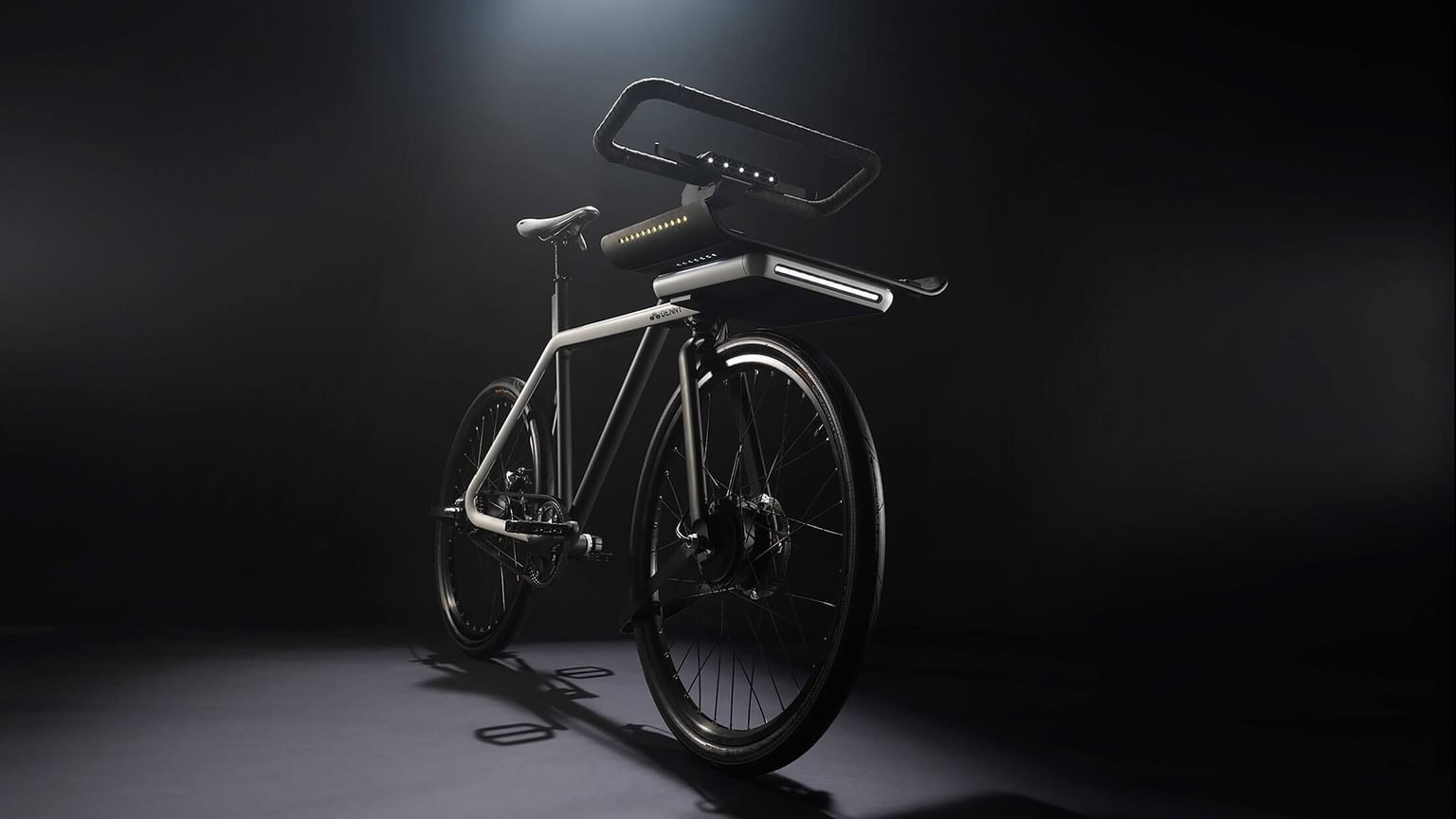VanMoof and Bicycle Innovation
The bicycle is one of those innovations that feels just about perfect. You can go pretty far with relatively simple parts and little energy. That’s probably why the basic design hasn’t changed in over 100 years — and yet everything has changed in how we get around. Bicycles are one of the easiest ways to unclog cities, all while making us physically and mentally healthier. The hardest part is getting people on a bike.
That’s why I was disappointed when VanMoof went bankrupt in July 2023. With their cool, sleek, hi-tech bikes, they were spinning up cycling to a wide market. In America, bikes have either focused on spandex-wearing devotees, or REI fleece-wearing hobbyist. VanMoof didn’t care about that, it was a ‘wear whatever, just get out of your damn car’ mentality.
And for VanMoof, it wasn’t a problem of selling enough bikes… they sold too many. Simply speaking, their bikes just got too complicated to fix. Because of their innovations, they made custom components for everything. And when it broke, only VanMoof could fix it or source parts.
VanMoof has recently found a buyer with Lavoie, the e-mobility subsidiary of McLaren. And according to an interview with Reuters, VanMoof will “abandon its in-house retail store model, instead using third-party retailers to sell and service bikes, opening up new markets around the world for potential buyers.” It’s all hopeful news that an entrenched bicycle industry focused on performance could be disrupted with more innovative thinking for the larger market of a casual rider.
The car will remain in our cultural mindset for a long time. Yet deeper in the social conversation is how a bike can (and should) replace small trips like visits to coffee, the post office, or to lunch. One individual’s decision for this type of trip-conversion from cars would be a huge win for more sustainable urban travel, especially in America. Next up the ladder of trip-conversions would be getting more people to commute to work on a bicycle.
Sixty percent of car journeys in the US are less than 6 miles. The average (non-electric) bike goes about 12 mph. That’s six miles in 30 minutes, which is about my time to the office, and is less time than most people’s commute in any mode. If bikes could cut into that 60% of car journeys, everyone could appreciate that — especially those in cars sitting in traffic.
There is a cultural shift in society that is needed for any sort of huge change, but that isn’t something that is static. When we think of cities with a huge cycling culture, we think of Amsterdam, yet between 1950–1970, cars decimated their bike usage from 80% — 20%. So in the early 1970s, after deaths of children due to cars and grassroots protests (“Stop the Child Murder”), the government decided to make it more difficult to get around by car and now it’s their way of life. And they continue to cut access to cars today. An article in Forbes writes, “Today these streets are designed for people, not engines, leaving many people to assume they were always this civilized. They were not — they were changed.”
We desperately need more innovation in the cycling world to get normal people on a bike again. VanMoof’s business was one of vertical integration because they wanted to build the best bike they could. Yet innovation isn’t always about creating something from scratch. It can be about applying off-the-shelf technologies in new ways — ways that best support your product and may even let your customer fix it.
•••
I work at a design consultancy called Teague. We also have seen the need for better bicycles for regular people, and we designed one a few years ago: The Denny Bike, pictured below. It even won the Oregon Manifest’s Bike Design Project. With e-bikes getting even more established in the market, we must continue to innovate and share ideas and concepts. We need more bicycles in our world. And we need more of them that fit our needs and desires to get around, wherever we live.


